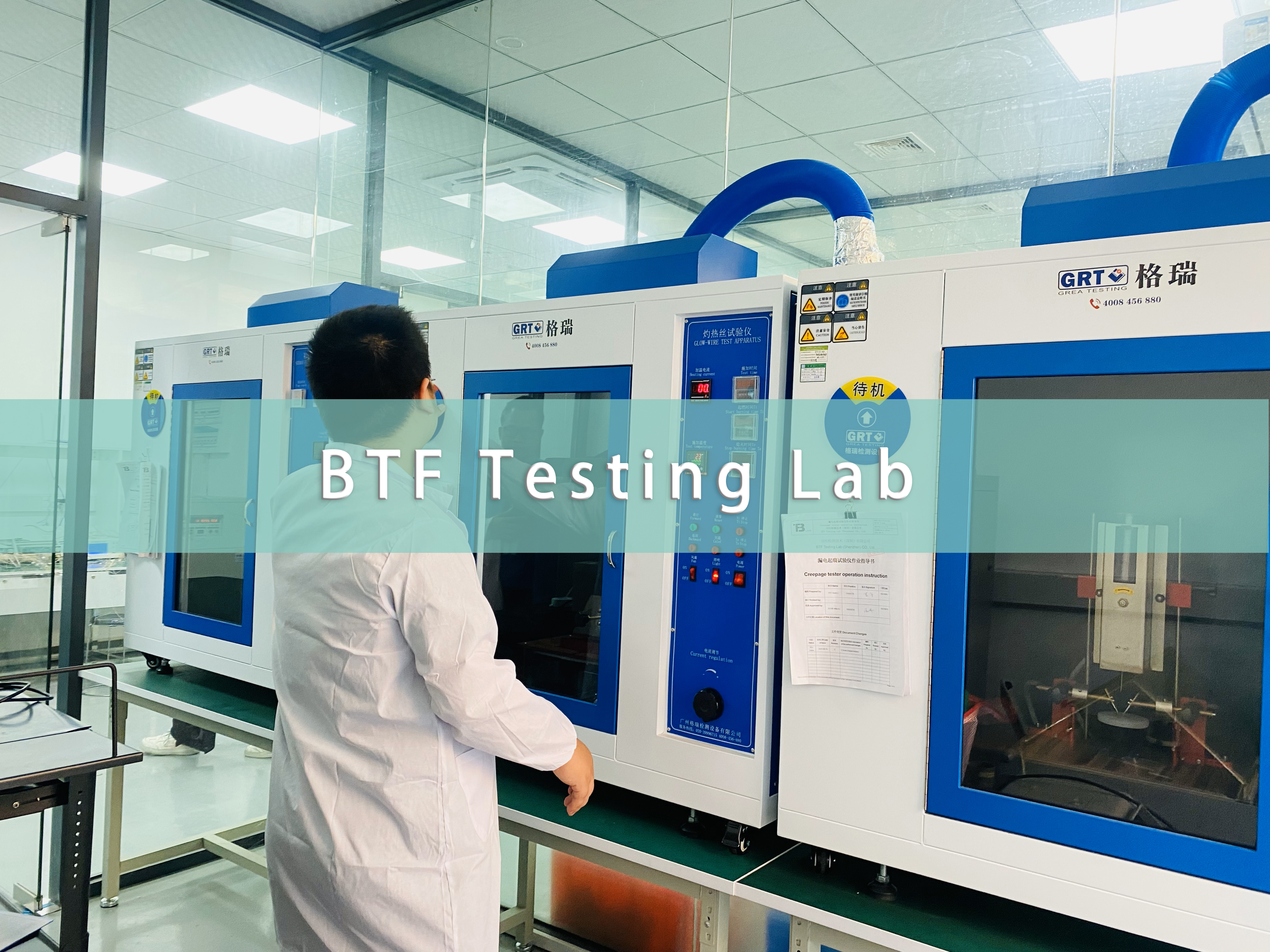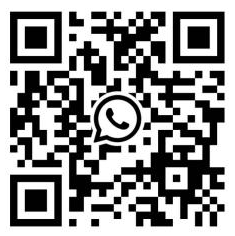01. RCM certification
According to the latest news from the Australian Communications and Media Authority (ACMA), the three existing compliance marks in Australia (C-Tick, A-Tick, and RCM) are about to be merged into a single regulatory compliance mark RCM. This also means that in the future, a product will be able to comply with all relevant regulatory requirements of ACMA, such as telecommunications, wireless communication, EMC, and electronic and electrical equipment safety requirements of Australia, New Zealand, and its states and territories. This move is to comply with the upcoming implementation of the Australian New Zealand Electrical Equipment Safety System (EESS) on March 1, 2013. This system covers the electrical equipment safety requirements of both Australia and New Zealand, as well as their states and territories, and RCM will become the single regulatory compliance mark under the new electrical safety system EESS. For details, please refer to the website of the Australian New Zealand Electrical Regulatory Commission (ERAC).
The RCM logo is led by the Queensland government and the Victorian government, with the aim of combining safety regulations and electromagnetic compatibility certification. Australia’s Safety Regulations (SAA) and C-TICK are separately certified. SAA applications can be made by factories and traders from different countries, while C-TICCK registration is made by a legally registered company in Australia. In the RCM application process, an Australian legal entity is required, which means RCM is a certification model that requires an Australian company as a guarantee. For most products, SAA certificates and EMC test reports are required to be registered as RCM certificates. Once registered, the supplier may use the RCM logo on all products that meet applicable legal and regulatory requirements. If it is found that products using the RCM logo do not comply with the legal/regulatory requirements for use, the supplier will impose penalties in accordance with Australian trademark laws.
02. Interpretation of the New RCM Certification Law
Starting from March 1st, 2013, products must be registered and filed with the Australian National Database EESS, and printed with the RCM logo before they can be sold in the market. The transition period is 3 years, and from March 1, 2016, the RCM logo will be fully enforced. Products without registration and RCM logo will not be allowed to be sold in the market. SAA certification and C-Tick certification will be gradually phased out and replaced by RCM certification, which covers safety regulations and EMC (C-Tick may still be applicable to some low-power wireless products)
Prior to this, the market was chaotic due to the inability to verify the authenticity of certificates online. The government has established the EESS national database to regulate the market. Once the product is successfully registered with EESS, buyers from all over the world can access product related information on government websites, which will attract more Australian buyers and help you successfully explore international markets such as Australia and New Zealand.
03. RCM certification requires the preparation of the following documents
1. RCM Certification Application Form
2. SAA certification certificate (non mandatory products can use SAA test reports)
3. EMC Test Report
4. Product manual
5. Electrical schematic diagram
04. RCM certification process
To efficiently and quickly complete your RCM certification project, please carefully read the following process:
Step 1: Send product information (product manual, product pictures, specifications, voltage, power), company information (company name, contact person, contact phone number)
Step 2: RCM staff typically send a written price list within one working day, informing them of the required technical documents and the quantity of test samples to be prepared
Step 3: You provide technical information and samples as required, and fill out the RCM certification application form and RCM certification contract in a standardized manner
Step 4: Product testing and testing report writing, report approval
Step 5: State government issues SAA certificate or designates certification company to issue certificate
Step 6: SAA certificate (mandatory product)+EMC report (C-TICK report)
Step 7: Attach RCM certificate number to the product nameplate
Step 8: After sales service, RCM certificate extension
05. Application Method for RCM Certification
1. RCM certification can only be applied for by local Australian companies, who must apply for an RCM number from the Australian government. Chinese manufacturers and exporters can apply for IEC or AS/NZS reports in their own names, but the reports must be submitted to Australian importers for RCM application.
2. The application registration fee is AUD 75 per trademark per product per year (for example, a company in Australia owns two trademarks: A and B. They imported identical batches of products from China, with half labeled as A and one labeled as B, which means they must pay an annual registration fee of AUD 150).
06. Scope of RCM Certification Services in Australia
Australia classifies the risk level of electrical products into three levels: Level 1 low-risk category; Level 2 risk category; Level 3 is high-risk, with a list of 56 products.
Level 1 certification requirements: Refers to DC power supply products (providing EMC reports to directly apply for RCM certification) (i.e. C-TICK).
Level 2 certification requirements: Refers to AC power supply products (providing EMC report+safety report to apply for RCM certification) (i.e. C-TICK).
Level 3 certification requirements: Refer to the following list (provide EMC report+safety report+SAA certificate) to apply for RCM certification+EESS registration.
As long as it is an electrical product, the voltage range is AC 50V~~1000V; Between 120V and 1500V DC, it must comply with the requirements of the Australian Electrical Safety Act.
BTF Testing Lab, our company has electromagnetic compatibility laboratories, safety regulations Laboratory, wireless radio frequency Laboratory, battery Laboratory, chemical Laboratory, SAR Laboratory, HAC Laboratory, etc. We have obtained qualifications and authorizations such as CMA, CNAS, A2LA, CPSC, VCCI, etc. Our company has an experienced and professional technical engineering team, which can help enterprises solve the problem. If you have relevant testing and certification needs, you can directly contact our Testing staff to obtain detailed cost quotations and cycle information!
Post time: May-07-2025










